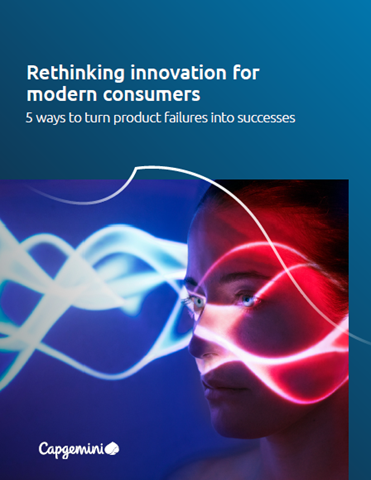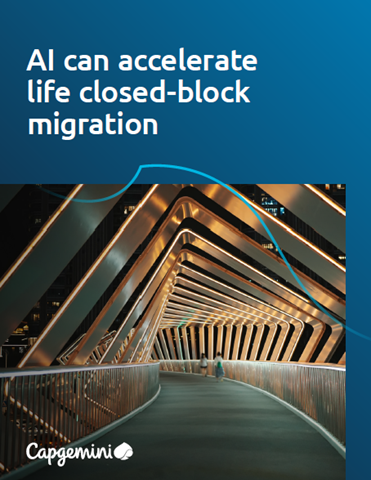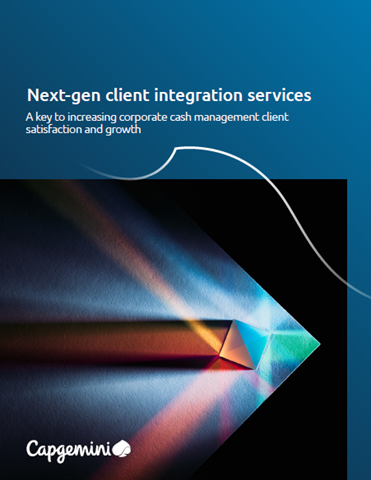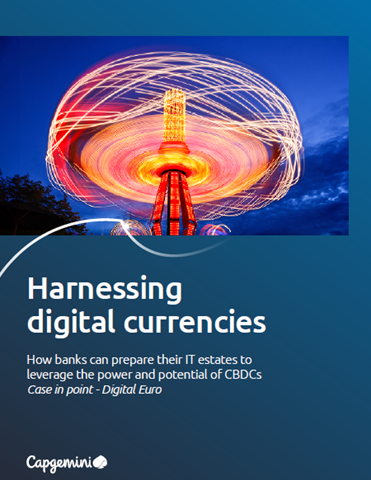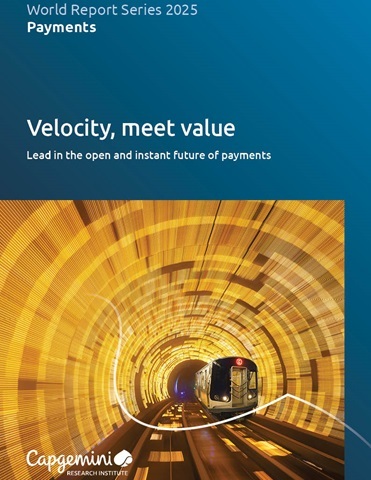The power of deep sales
Sponsored by LinkedInHow a relationship-driven sales strategy delivers bigger deals, a stronger pipeline, and more revenue.

Here’s one for the sales professionals out there: the more prospective buyers you reach out to, the more eventually say yes. Right? If you were selling door-to-door, and one person in 20 buys from you, then logically, the more doors you knock on the more sales you’ll make. And why should the same not be true for email or phone calls?
This might work for a while, but eventually a salesperson will reach a tipping point, where win rates do not scale proportionally with the volume of outreach. Why then does it feel like most tools available to sales and marketing teams simply equip them to outreach at scale? What has changed that means buyers feel more remote now than ever?
Like every industry, technology is behind much of this change. First, the automobile meant salespeople could move around more easily to meet their clients, then the commercial jet-liner widened this potential to other countries. Then came the internet, email and the ability to reach customers en masse. Boundaries dissolved, and sales and marketing professionals had the ability to contact exponentially more prospective customers than ever before. Those technological advancements continue to take place online, where AI and machine learning look to change the game once more.
However, there has been a piece missing from this narrative all along. It seems that, while the sales and marketing profession equipped itself with the means to contact more and more people every day, the needs of buyers have seldom been taken into account. Customers’ tolerance for impersonal or spammy outreach is at an all-time-low. Professionals with buying power could not be clearer right now: more outreach does not equal more sales.
In fact, research shows that since the pandemic there’s been a 59 per cent rise in the amount of email outreach, but a 30 per cent decline in response rates. We can see this drag beginning to affect sales teams: just 34 per cent of UK sellers told us last year they were still making cold calls.
Relationship building to the rescue
So what is to be done? Regardless of exactly what the tools around you can do at any given time, the common ingredient to any successful sales deal lies in the art of relationship building. I’ll give you an example of a current personal experience. We are working on renewing a large enterprise-level client. It’s a healthy account, where we’re well multithreaded, meaning our team has connected to several members of the client’s buying committee, but things could always be better.
I, the Head of Enterprise business in EMEA & LATAM, then came across a LinkedIn post from an old friend and former colleague of mine who said he was taking a senior role in the commercial organisation of this same client account. I take this opportunity for some warm outreach, check in, congratulate him and let him know him that we will likely work closely together given our customer relationship.
On the back of this, we schedule a catch-up call where my connection provides me with actionable insight into the relationship, identifying areas of both strength and weakness in it and offering to help broker further introductions that can help us deliver more value and solidify the relationship.
For example, while we were feeling great about the way our client was using the service, and the resulting value, I learned that they had a different perspective. They were concerned about engagement and whether they were getting value for money. Somehow we had not surfaced this concern through the regular channels. Leveraging this new insight, we were able to address this gap, align on a shared definition of engagement and value, and even begin discussions about expanding to serve additional parts of the business.
Together with my old friend, and a now even broader group of stakeholders, we co-develop a plan for the account that allows us to retain and grow the engagement with the client, and also provide the value that matters to them.

The role of sales technology
Having a prior contact is of course the dream scenario for any salesperson, but what if you don’t have a ready connection? Here is where sales technology can play a pivotal role, if applied correctly. Relationship intelligence can surface routes to an introduction using your organisation’s wider network, and buyer intent signals can help salespeople determine the right time for outreach. As illustrated above, timing is everything. Being informed when a prospective company announces new funding, say, or hires a new person that is a match for your buyer persona, can be the key to having the right conversations at the right time.
Despite the volume of outreach buyers receive every day, sales technology is not the villain in this story. It’s a tool like any other. It is clearly an essential part of the process today, with research from Gartner showing there are at least five sales technologies involved in the average sale, and growing. Instead, it’s how an organisation combines the at-scale capabilities of sales technology with knowledge and signals of what exactly your customer needs and expects from you that matter. In short, quality over quantity, deep versus shallow.
At LinkedIn, with a network of more than 900 million members, we put our member value at the forefront of all our business decisions. We recognise that your buyers are firmly in control of the purchasing process, and that nothing less than authentic and informed outreach will stand a chance. Sales professionals don’t need yet more ways to reach an ever-larger audience. What they need are the right insights to be successful when they do reach out. Our solutions are designed to provide three types of insights:
• Account insights: so you can find the right companies that align to your product/service benefits
• Relationship intellignce: data on how your target accounts are organised, and the best paths in
• Buyer intent: knowing where and who you’re buyers are is still not the full picture – our buyer intent features can signal when the prime time to reach out is
In short, the organisations that embrace this deep sales approach will position themselves to make the most out of sales technology. If you’d like to learn more about how leading brands go about this, join me on 1 March for a live discussion with sales industry experts on how they use sales technology to build durable customer relationships.
You can sign up here.

By Paul Terry, Senior Director, Head of Enterprise Sales EMEA & LATAM, LinkedIn Sales Solutions

Business Reporter Team
Related Articles
Most Viewed
Winston House, 3rd Floor, Units 306-309, 2-4 Dollis Park, London, N3 1HF
23-29 Hendon Lane, London, N3 1RT
020 8349 4363
© 2024, Lyonsdown Limited. Business Reporter® is a registered trademark of Lyonsdown Ltd. VAT registration number: 830519543
